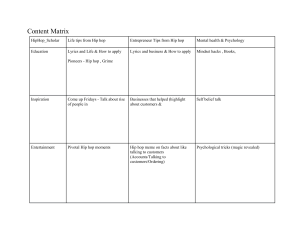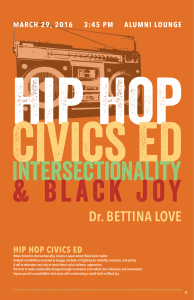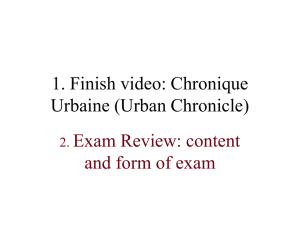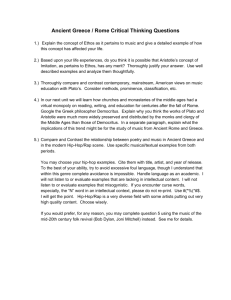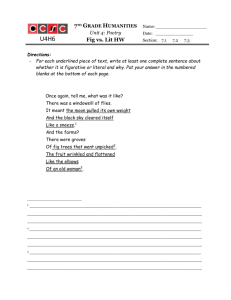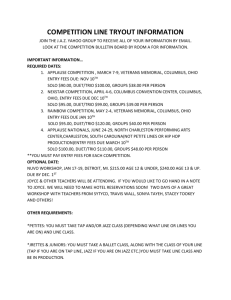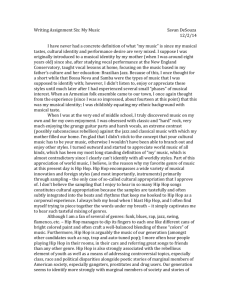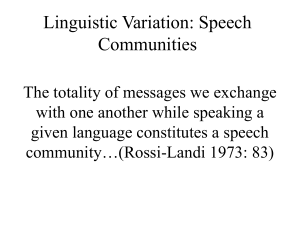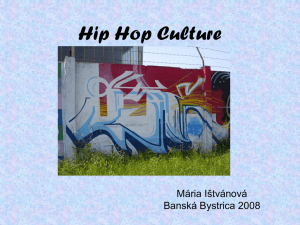A culture of change - Century Middle School
advertisement
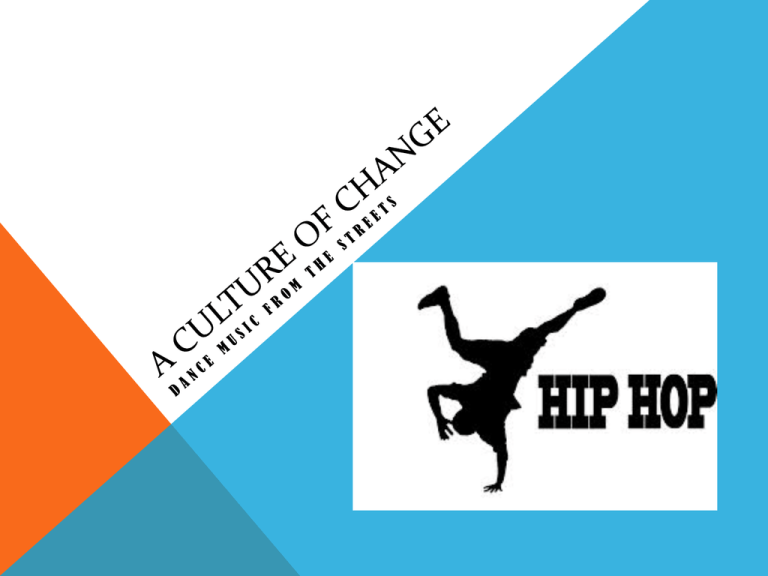
THE FATHER OF HIP HOP Clive Campbell aka “DJ KOOL HERC” Jamacian-born came to the South Bronx of New York in 1967 Black and Latino ghettos – Block Parties DJ – a “master” of the music system, arranged parties, made a “speech-feast” into the microphone and became known as the MC (Master of Ceremony). HIP HOP – AN UMBRELLA OF CULTURE Graffiti Street Art Or Vandalism? Vandalism BREAK - DANCING Repeating the instrumental breaks between the verses Dancers came out to the dance floor and showed off their skills The mark for enthusiasm of the dancers for such breaks dubbed them B-Boy or G-Girl “Breaking” street slang for “getting excited” , “causing a disturbance” Two turn tables we used so that the “Break” of the song could be repeated Acrobatic / Quick Footwork / Floor work for Spins and Strength moves STREET SPORTS STICK BALL S K AT E B OA R D I N G STREET SPORTS CONT. ST R E E T DA N C E COMPETITION OUTDOOR BASKETBALL DANCE STYLES WITHIN HIP HOP Locking – Popping ^ Floating ^ Electric Boogaloo ^ Strobbing ^ Waiving ^ Robot ^ Egyptian ^ Pop corn ^Tutting OLD SCHOOL HIP HOP In its early years, Hip Hop was a “voice” for the unrest for the youth of low-economic areas as the culture reflected the social, economic and political realities of their lives. Negative Aspects – music and lyrics represented Violence Profane language Sexual content Gangs Drugs use Unhealthy relationships NEW SCHOOL HIP HOP Mid 1980’s a second wave of hip hop music that was less aggressive and taunting and became more socially acceptable Beastie Boys LL Cool J America’s Best Crew Jabbawockeez
